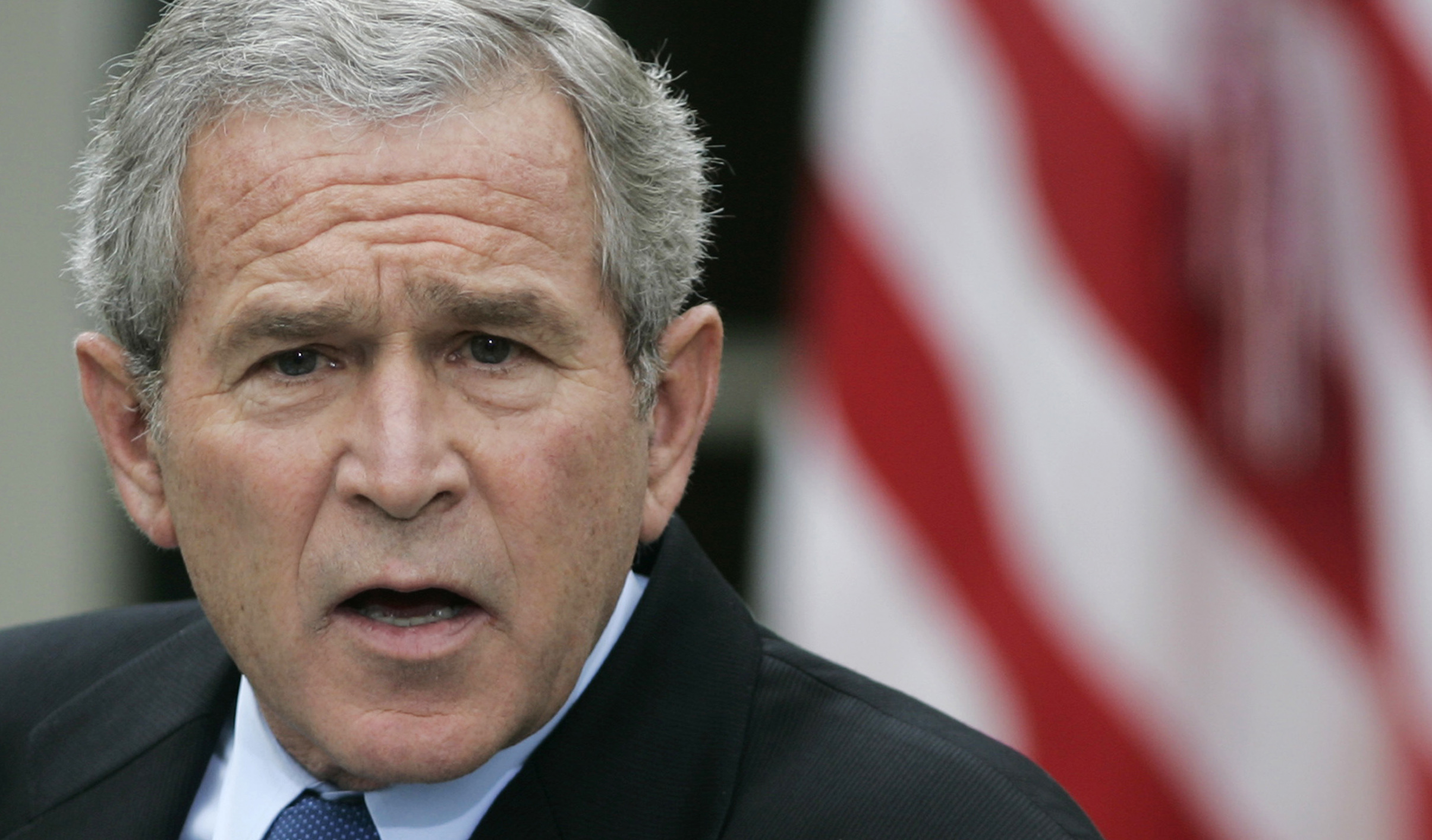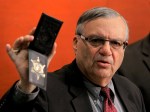WASHINGTON (AP) — On June 12, 1999, George W. Bush began his White House quest with this comment at to a barbecue-going crowd in Iowa: “This country is hungry for a new style of campaign … a campaign that unites all Americans toward a better tomorrow.”
Videos by Rare
“I’m a uniter, not a divider,” the Texas Republican said throughout that campaign, pitching himself as a “compassionate conservative” with a broad domestic policy agenda.
A decade later, Bush left office with a reputation, deserved or not, as one of the most polarizing presidents of our time. Now, four years after he left the White House, it’s worth taking another look at Bush as his presidential library opens in Texas this week.
Bush and his administration made some big mistakes, including a false conclusion that Iraq had weapons of mass destruction, an overplayed hand on reforming Social Security and a bungled handling of the federal government’s responsibility in Hurricane Katrina.
His federal spending also betrayed the Republican Party’s small-government principles and was a contributing factor to the tea party’s emergence and current rifts over the party’s direction. He took some enormous risks that drew intense criticism, like bailing out Wall Street. And his confident, at times cocky posture rubbed some the wrong way.
But it wasn’t entirely Bush’s fault that he ended up dividing more than uniting. Presidents, after all, don’t operate in a vacuum. He shares the blame with Democratic and Republican parties shaped by their respective extreme ideological wings, a Congress filled with lawmakers who have their own agendas and a modern American political system in which the unifying rhetoric of campaigning usually gives way to the divisiveness of governing.
Polling bears out Bush’s slide. When he took office in January 2001, half of the country viewed him in a positive light while 30 percent had negative views in an NBC survey. By the time he left Washington eight years later, the network’s poll showed that 31 percent had favorable opinions of him and 58 percent had unfavorable. He’s improved some since then, according to an NBC/Wall Street Journal poll ahead of the library opening: Some 35 percent of Americans now view him favorably, while 44 percent view him negatively.
“He started very much as a Republican who wanted to reach out to moderates and build a broad coalition,” says Julian E. Zelizer, a historian at Princeton University and the author of “The Presidency of George W. Bush: A First Historical Assessment.” ”He campaigned that way, and he started his presidency that way. But that didn’t work over the long run, and he became more controversial.”
A host of factors contributed to that transformation, one both his predecessor and successor also underwent to varying degrees. Bill Clinton in 1992 ran as a moderate Democrat who wanted to bring the country together, and Barack Obama in 2008 cast himself as almost a nonpartisan candidate. Each was looking to cobble together an ideologically diverse coalition. But each ended up deeply polarizing in his first year, beloved by Democrats and deplored by Republicans.
“It’s something common that we see in this day and age. Part of it is where we are today in our politics. Part of it is just the traditional challenge of the presidency,” Zelizer says. “All presidents who enter office talking about unity are bound to be disappointed.”
In Bush’s case, it was a 50/50 electorate that handed him a narrow victory in the disputed 2000 election that the Supreme Court resolved. He took office in a red-hot era of partisanship, with activists on the right and left embracing new technology to amplify their ideological views and assail the opposition.
Democrats, stung by losing the White House and beholden to the party’s most liberal wing, demonized him at every turn. Many on the left viewed him as an illegitimate president from the start of his presidency.
Bush also took the reins of a Republican Party that he sought to make more inclusive by attracting Hispanics and others — an effort made more difficult because of domination by the far right. The House was far more conservative than him on a host of issues, putting pressure on him throughout his tenure to shift away from the center to get his priorities passed. And when he refused — on immigration reform, for example — his own party ended up undermining him.
His response to the 9/11 attacks, and his shift from a domestically focused president to a wartime commander-in-chief, sharply accelerated his transformation into a polarizing figure. In the attacks’ immediate aftermath, Americans were united behind hunting down al-Qaida, and voters from both parties rallied heavily in support of Bush. On Capitol Hill, Democrats and Republicans alike voted to use force in Afghanistan and Iraq. Bush’s popularity soared.
He had almost universal backing among Republicans then, and while it dipped a bit here and there, he closed out his second term with 75 percent approval among Republicans, according to Gallup. The opposite happened with Democrats. A stunning 84 percent of them backed him after the attacks but it wasn’t long before his standing started sliding precipitously to a measly 6 percent by the end of his presidency.
By 2006, the Iraq war was unpopular. In the aftermath of Katrina, so was Bush.
From secret prisons to wiretapping to hard interrogation tactics, Americans ended up deeply divided about Bush’s national security policies. Many Democrats opposed them, and many Republicans supported them. People of all stripes grew restless with how much was being spent on the wars, as the federal debt soared and budget deficits grew. Eventually, support sank for the Iraq war and wavered for Afghanistan, with independents, Democrats and even some Republicans fleeing Bush during his final White House years.
Four years after the unpopular president left the helm of a country embroiled in unpopular wars, it’s easy to forget that Bush actually had several bipartisan triumphs — the No Child Left Behind education overhaul, the Bush tax cuts and the creation of a program to fight HIV/AIDS in Africa among them. He did make a good-faith, though ultimately unsuccessful, effort to work with Democrats to reform the immigration system. And he sought and obtained the support of both Republicans and Democrats to go to war.
So is the image of a divisive Bush rooted in reality, or is it simply a caricature, a myth built more on personality than policy and peddled by detractors? Was it inevitable, given high levels of polarization and partisanship in our country and a system dominated by the most liberal and conservative among us? And will Bush’s fate be the same for any other president if this nation’s politics stay this way?
Probably so. Yet Bush himself certainly didn’t help matters.
Here’s what he said in spring 2006 as the Abu Ghraib prison scandal flared and calls for embattled Defense Secretary Donald Rumsfeld to be fired intensified: “I listen to all voices, but mine is the final decision. … I’m the decider, and I decide what is best.”
Reasonable, perhaps — maybe even the purview of any president. Not too far, in fact, from Harry S. Truman’s “The Buck Stops Here.” But the way Bush put it conflicted sharply with the broad, inclusive pitch of his first campaign years earlier — and helped build the image of a polarizing, partisan president that still lingers today.
EDITOR’S NOTE — Liz Sidoti is the national politics editor for The Associated Press. Follow her on Twitter: http://twitter.com/lsidoti
Copyright 2013 The Associated Press.



